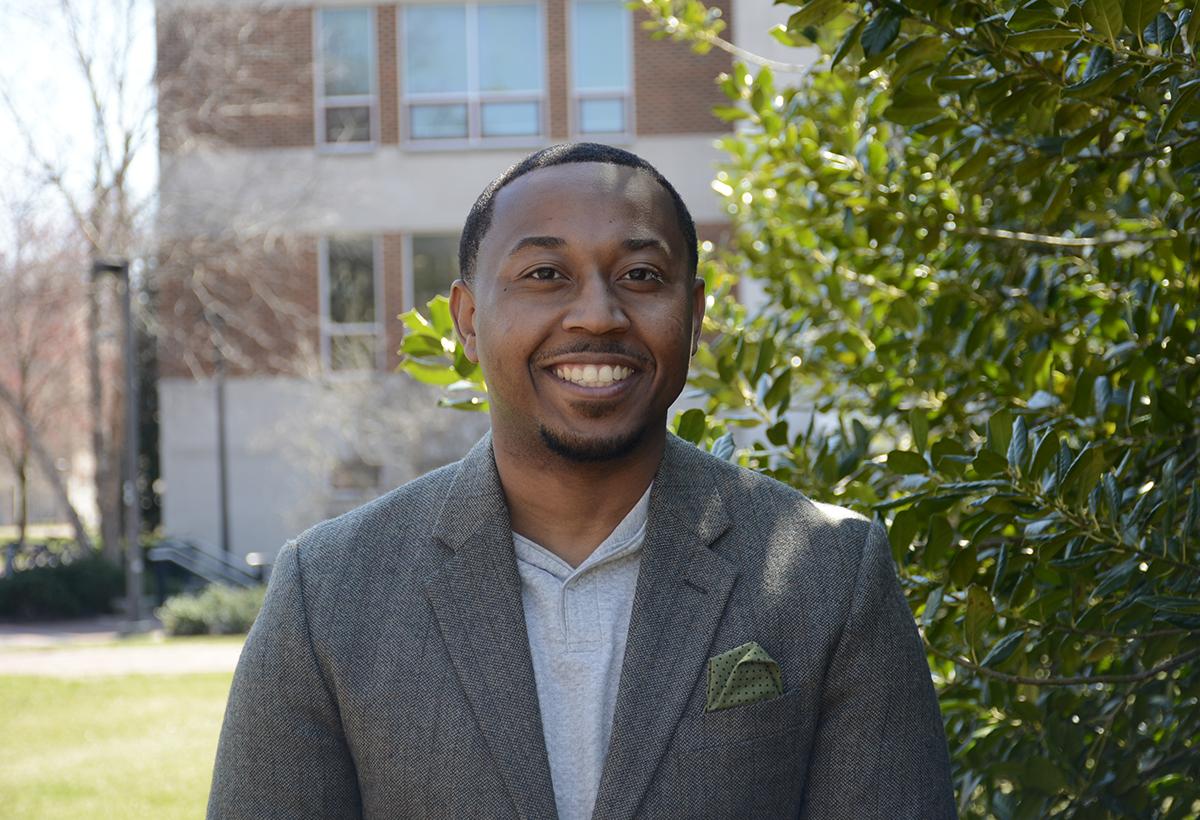A new, three-year study led by Associate Professor of Environmental Health Sacoby Wilson and Assistant Professor of Urban Planning Marccus Hendricks will analyze the impact of environmental contaminant exposures associated with natural disasters, particularly in vulnerable communities. Funded by an $800,000 grant from the U.S. Environmental Protection Agency and conducted in partnership with colleagues at Duke University, the project will produce a modular tool to evaluate contaminant risk under a variety of disaster scenarios and offer a framework for building community resilience and readiness.
“Natural and technological disasters disproportionately impact frontline and fenceline environmental justice communities,” says Wilson. “Climate change-related perturbations including more intense hurricanes and floods will only increase economic and health risks in these communities. This funding is a great opportunity to use a transdisciplinary approach and mixed methods to understand, model and predict contaminant risks for vulnerable communities and susceptible populations such as children and elderly who have some of the highest risk for morbidity and mortality during and after disasters.”
When natural hazards like hurricanes or earthquakes collide with the built environment, they can lead to Natural Hazard Triggering Technological—or Na-tech—events. These catastrophic accidents such as industrial fires, explosions or sewage leaks release harmful contaminants into the environment, overwhelming communities and jeopardizing human health.
The UMD-Duke team will develop a generalizable risk analysis framework using a mathematical Bayesian Network model to articulate the relationship between disaster intensity, contaminant release and human exposure. Specifically, they will look at the additional risks endured by economically- and socially-vulnerable communities and populations, including low-income families, children and the elderly.
“Research that brings together the technical risk modelling and the community ground-truthing that adds to and refines these models are critical to community resilience,” says Hendricks. “Communities have a lot to offer; the challenge is on researchers to effectively integrate and that is what we are trying to do with this research project.”
Working closely with two hazard-susceptible communities in North Carolina—one rural, one urban—the interdisciplinary team will leverage their expertise in environmental engineering, planning and community engagement and public and environmental health to develop comprehensive strategies for risk mitigation and enhanced readiness for disasters.
Intersecting the natural environment, technology and socio-economic systems—an area that has yet to be adequately studied—the UMD-Duke project will offer a critical intervention for vulnerable communities that fosters enhanced quality of life.
Other members of the UMD-Duke team include Mark Borsuk, Associate Professor of Environmental Engineering, Duke University (Co-PI) and graduate students: Celine Robinson (Duke-Environmental Engineering); Sakereh Carter (UMD-Applied Environmental Health); Omar Muhammad, President, Low Country Alliance for Model Communities (LAMC) in North Charleston, S.C.; and Devon Hall, Director, Rural Empowerment Association for Community Help (REACH), Duplin County, N.C.
Dr. Sacoby Wilson is an associate professor of applied environmental health who directs the Community Engagement, Environmental Justice, and Health (CEEJH) Laboratory in the UMD School of Public Health. His core areas of expertise including exposure science, environmental justice science, environmental health disparities, air pollution, built environment, participatory action research, geospatial tools, climate change, industrial animal operations, community “in-powerment” and resilience. Dr. Wilson has nearly twenty years of experience performing community-engaged research including community-based participatory research (CBPR), community-university partnerships, citizen science, and crowd science on a number of environmental justice and health issues including goods movement issues in Baltimore, Savannah, GA and Charleston, SC; disasters and environmental injustice in the Gulf Coast; industrial chicken farming on Maryland’s Eastern Shore, industrial pollution and traffic-air pollution exposures in the Washington, DC region; and fossil fuel extraction, transport, and burning in Maryland.
Dr. Marccus Hendricks is an assistant professor of urban studies and planning and a faculty affiliate with the Maryland Institute for Applied Environmental Health. His core areas of expertise include infrastructure planning and management, hazard mitigation and disaster recovery planning and environmental planning, particularly through an environmental justice and social vulnerability to disaster lens. His research has focused on both natural and technological risks including flooding and fertilizer explosions, as well as cascading events such as wet-weather events that overwhelm sanitary sewers and cause contamination, household back-ups and overflows. His work emphasizes participation and action that uses methods including photography, visual inspection and environmental sampling.

